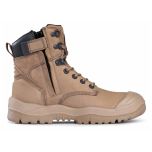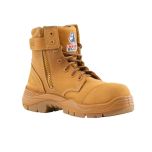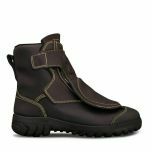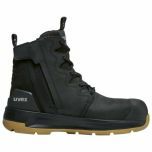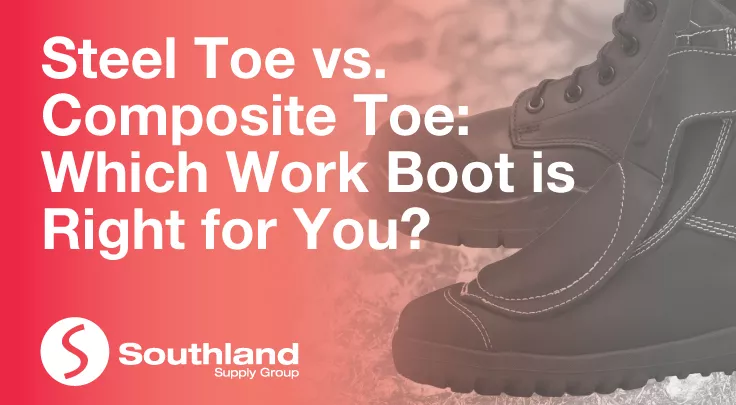
When it comes to choosing the right work boots for your job, one of the key decisions you'll face is whether to go for steel toe or composite toe options. Both steel toe work boots and composite toe work boots offer crucial protection for your feet, but they come with distinct characteristics and advantages. In this blog post, we'll explore the differences between steel toe and composite toe work boots, helping you make an informed decision based on your specific needs and preferences.
Steel Toe vs. Composite Toe Work Boots: Understanding the Basics
Work boots, also known as safety boots, are an essential part of personal protective equipment (PPE) for many professions. They are designed to safeguard your feet from various workplace hazards, including heavy objects, compression, electrical shocks, and punctures. Two common types of toe protection in work boots are steel toe and composite toe.
Steel Toe Work Boots:
- Durability and Strength: Steel toe work boots are renowned for their exceptional durability and strength. The steel cap at the toe provides robust protection against heavy falling objects. One of the best brands that offers steel toe work boots is Steel Blue.
- Temperature Conductivity: One consideration with steel toe boots is their temperature conductivity. In extreme weather conditions, steel toe boots may become too cold in winter or too hot in summer.
- Heavier Weight: Steel toe boots are generally heavier compared to their composite counterparts. This may be a factor to consider if you anticipate long hours of wear.
Composite Toe Work Boots:
- Lightweight Construction: Composite toe work boots are made from non-metal materials like Kevlar, plastic, or carbon fibre, making them significantly lighter than steel toe boots. This can be a crucial factor for those who need to move swiftly on the job.
- Non-Conductive: Unlike steel toe work boots, composite materials are non-conductive, making composite toe boots an excellent choice for those working in electrical environments.
- Comfort: Many workers find composite toe boots more comfortable, especially for extended periods of wear. They don't transmit temperature like steel, providing a more consistent feel in various climates.
- Airport Friendly: Composite toe boots are generally airport friendly. Unlike traditional steel toe boots, which contain a steel cap in the toe area for protection, composite toe boots feature a toe cap made of non-metal materials such as fibreglass, carbon fibre, or plastic. This design allows composite toe boots to provide similar levels of safety without the use of metal. Additionally, these boots do not set off metal detectors, making them suitable for airport environments where security screenings are common.
Choosing the Right Work Boot for You
- Job Requirements: Consider the specific safety requirements of your job. For many general to heavy industries, steel toe work boots may be the better choice. If you work around electrical hazards, go through airports, or require a lightweight option, composite toe work boots could be more suitable.
- Climate and Comfort: Think about the climate of your work environment and how long you'll be wearing the boots. If you need insulation or work in extreme temperatures, composite toe boots might offer more comfort.
- Personal Preference: Ultimately, your choice may come down to personal preference. Try on both steel toe and composite toe boots to see which feels more comfortable and suits your needs.
Whether you opt for steel toe boots or composite toe work boots, the most important aspect is ensuring that your footwear meets the safety requirements of your job. Consider the specific hazards you face, your comfort preferences, and any unique job requirements before making your decision. Your feet deserve the best protection, so choose wisely and step confidently into the challenges of your workday.

